45 what are nutrient claims on food labels
Label Claims for Food & Dietary Supplements | FDA Mar 07, 2022 · Health claims, nutrient content claims, and structure/function claims used on food and dietary supplement labels. Health and nutrition claims on food labels - FoodTruths Nutrition content claims relate to the presence, absence or level of nutrients or ingredients in foods. For example, 'gluten free' or 'high in calcium'. If a nutrition claim is made there are conditions that need to be met, for example; to claim that a product is a good source of calcium there is a required minimum level of the nutrient ...
Understanding Food Labels | The Nutrition Source | Harvard … The FDA has approved 12 health claims on food labels such as the relationship between calcium and osteoporosis; sodium and hypertension; fiber-containing grains, fruits and vegetables and cancer; and folic acid and neural tube defects. However, just because a food contains a specific nutrient that is associated with a decreased risk of disease ...

What are nutrient claims on food labels
Nutrient Claims on Food Labels | Home & Garden Information Center What is a Nutrient Claim? This is a claim concerning a product's nutritional value. It describes the content of a food, including the amount of nutrients, calories, cholesterol, or fiber, but not in exact amounts. Usually placed on the front of the food label, the nutrient claim provides a quick comparison between similar products. › food › food-labeling-nutritionLabel Claims for Food & Dietary Supplements | FDA Mar 07, 2022 · Among the claims that can be used on food and dietary supplement labels are three categories of claims that are defined by statute and/or FDA regulations: health claims, nutrient content claims ... › understanding-food-labelsUnderstanding food labels - Canada.ca Find information on food labels and how to understand them. Learn about nutrition facts tables, serving size, list of ingredients, % daily value and nutrition claims.
What are nutrient claims on food labels. Nutrient content claims: what they mean - Canada.ca Table of nutrient-content claims and what they mean. The food provides an amount of a nutrient that is so small it likely won't have any effect on your body. The food is processed/modified so that it contains at least 25% less of the nutrient when compared with a similar product. Contains no added fats or oils or added butter or ghee, or ... Nutrient Claims on Food Labels Flashcards | Quizlet danaolsen2013 Nutrient Claims on Food Labels STUDY PLAY calorie free less than 5 kcal/serving low calorie 40 kcal or less per serving than the reference food reduced calorie 25% less kcal per serving than the reference food light/lite How to read food labels | healthdirect Understanding nutrition claims. Some labels tell you what percentage of the recommended daily intake is provided by 1 serve of the product. This helps you to work out how the food fits into a balanced diet. Read more about recommended daily intakes for adults and recommended daily intakes for children. Code of Federal Regulations Title 21 - Food and Drug Administration Mar 29, 2022 · (c) Particular implied nutrient content claims. (1) Claims about the food or an ingredient therein that suggest that a nutrient or an ingredient is absent or present in a certain amount (e.g., "high in oat bran") are implied nutrient content claims and must comply with paragraph (a) of this section.
Food Label Claims: What You Can and Can't Trust - WebMD In the U.S., the FDA sets some common definitions for certain food claims. Specifically, the FDA regulates three types of claims. The FDA doesn't always pre-approve these claims. But manufacturers... nutrient claims on food labels chapter 2 Flashcards | Quizlet PLAY. Match. Gravity. claims on food labels. Click card to see definition 👆. Tap card to see definition 👆. marketing too directed toward health-conscious consumers. claims must comply with FDA regulations. Click again to see term 👆. Regulating health claims on food labels using nutrient profiling: what ... Objective: Proposed Australian regulation of claims on food labels includes requirements for products carrying a health claim to meet nutrient profiling criteria. This would not apply to nutrition content claims. The present study investigated the number and healthiness of products carrying claims and the impact of the proposed regulation. Nutrient content claims - Canadian Food Inspection Agency Comparative nutrient content claims. Conditions for use of comparative nutrient content claims; Comparative claims for vitamin and mineral nutrients; Reformulated products and similar reference foods; Example: steps for evaluating "reduced in fat" Nutrient content claims on foods intended solely for children under two years of age. Advertising ...
Reliable Nutrient Claims on Food Labels Flashcards | Quizlet This descriptor has three meanings on labels: 1. A serving provides one third fewer calories or half the fat of the regular product. 2. A serving of a low-calorie, low-fat food provides half the sodium normally present. 3. The product is light in color and texture so long as the label makes this intent clear as in light brown sugar. Understanding Food Labels - Nutrition: Science and Everyday Application The value printed on the Nutrition Facts panel is the percent DV, which tells you how much one serving of the food contributes towards meeting the daily requirement for that nutrient. The FDA uses the following definitions for interpreting the %DV on food labels:4. 5%DV or less means the food is low in a nutrient. food-guide.canada.ca › using-food-labelsUse food labels - Canada's Food Guide Oct 14, 2020 · Benefits of using food labels. Food labels provide information you can use to make informed choices about foods and drinks at the grocery store and at home. Food labels can help you: compare and choose products more easily; know what ingredients a food product contains; choose products with a little or a lot of the nutrients that are of ... Use food labels - Canada's Food Guide Oct 14, 2020 · Benefits of using food labels. Food labels provide information you can use to make informed choices about foods and drinks at the grocery store and at home. Food labels can help you: compare and choose products more easily; know what ingredients a food product contains; choose products with a little or a lot of the nutrients that are of ...
Nutrient Content Claims | FDA Nutrient Content Claims. See Claims That Can Be Made for Conventional Foods and Dietary Supplements for definitions of claims. Final Rule: Food Labeling: Nutrient Content Claims; Alpha-Linolenic ...
What are Nutrient Content Claims on food labels? - Nutritionist Pro™ Nutrient Content Claims on Food Panels List energy, fat, carbohydrates, protein, and sodium. The nutritional information panels are a better guide than advertising. If the product contains food-inducing allergens, the label must say so. Some of the healthiest foods don't have labels, including fresh fruit and vegetables, and fish.
PDF Nutrient Label Claims - Veterans Affairs Nutrition Handouts • N23 Version 5.0 Page 1 of 4 Nutrient Label Claims The claims on food labels can be confusing. Knowing what these claims mean can help you choose healthier products. Sugar Claims What does this mean? Sugar Free, Zero Sugar, No Sugar, Without Sugar, Negligible Source of Sugar, Trivial Source of Sugar, Dietarily
Label Claims for Conventional Foods and Dietary Supplements Mar 07, 2022 · Among the claims that can be used on food and dietary supplement labels are three categories of claims that are defined by statute and/or FDA regulations: health claims, nutrient content claims ...
Nutrition content claims and health claims - Food Standards Nutrition content claims. Nutrition content claims are about the content of certain nutrients or substances in a food, such as 'low in fat ' or 'good source of calcium'. These claims need to meet certain criteria. For example, food with a 'good source of calcium' claim needs to contain at least the amount of calcium specified in the Standard.
› nutritionsource › food-labelUnderstanding Food Labels | The Nutrition Source | Harvard T ... The FDA has approved 12 health claims on food labels such as the relationship between calcium and osteoporosis; sodium and hypertension; fiber-containing grains, fruits and vegetables and cancer; and folic acid and neural tube defects. However, just because a food contains a specific nutrient that is associated with a decreased risk of disease ...
Questions and Answers on Health Claims in Food Labeling The Nutrition Labeling and Education Act of 1990 (NLEA) directed FDA to issue regulations providing for the use of health claims. All health claims must undergo review by the FDA through a petition...
Understanding Health Claims on Food Labels - Food Smart Colorado A complete listing of health claims approved for food labels is available here: #2- Nutrient content claims describe a food and the level of a particular nutrient in that food. "Low fat," and "High fiber" are both examples of nutrient content claims. For a table showing nutrient content claims and their meanings, view our handout ...
Nutrient Claims on Food Labels - Food Smart Colorado Nutrient content claims describe a food and the level of a particular nutrient in that food. "Low fat" and "High fiber" are both examples of nutrient content claims. These types of claims usually appear on the front of a package and are regulated by the Food and Drug Administration (FDA).
Food Label Nutrient Claims: Is It Really Good for You or Just a Gimmick ... GOOD SOURCE OF: Contains at least 10-19% of the Daily Value of a particular vitamin or nutrient per serving So now that you know what the standards are, double-check the food labels to make sure they match up with the nutrient claim listed. Just do the math and if it doesn't add up, avoid that product.
Understanding Food Labels and Health Claims - Nutrition Essentials This label is called a Nutrition Facts panel, which gives information on the number of servings per container, the number of calories per serving, and certain nutrients. Specifically, it lists the macronutrients and four of the most important micronutrients people need to pay special attention to, such as Vitamin D, Calcium, Iron, and potassium.
inspection.canada.ca › food-labels › labellingNutrient content claims - Canadian Food Inspection Agency Comparative nutrient content claims. Conditions for use of comparative nutrient content claims; Comparative claims for vitamin and mineral nutrients; Reformulated products and similar reference foods; Example: steps for evaluating "reduced in fat" Nutrient content claims on foods intended solely for children under two years of age. Advertising ...
› food › food-labeling-nutritionLabel Claims for Conventional Foods and Dietary Supplements Mar 07, 2022 · Among the claims that can be used on food and dietary supplement labels are three categories of claims that are defined by statute and/or FDA regulations: health claims, nutrient content claims ...
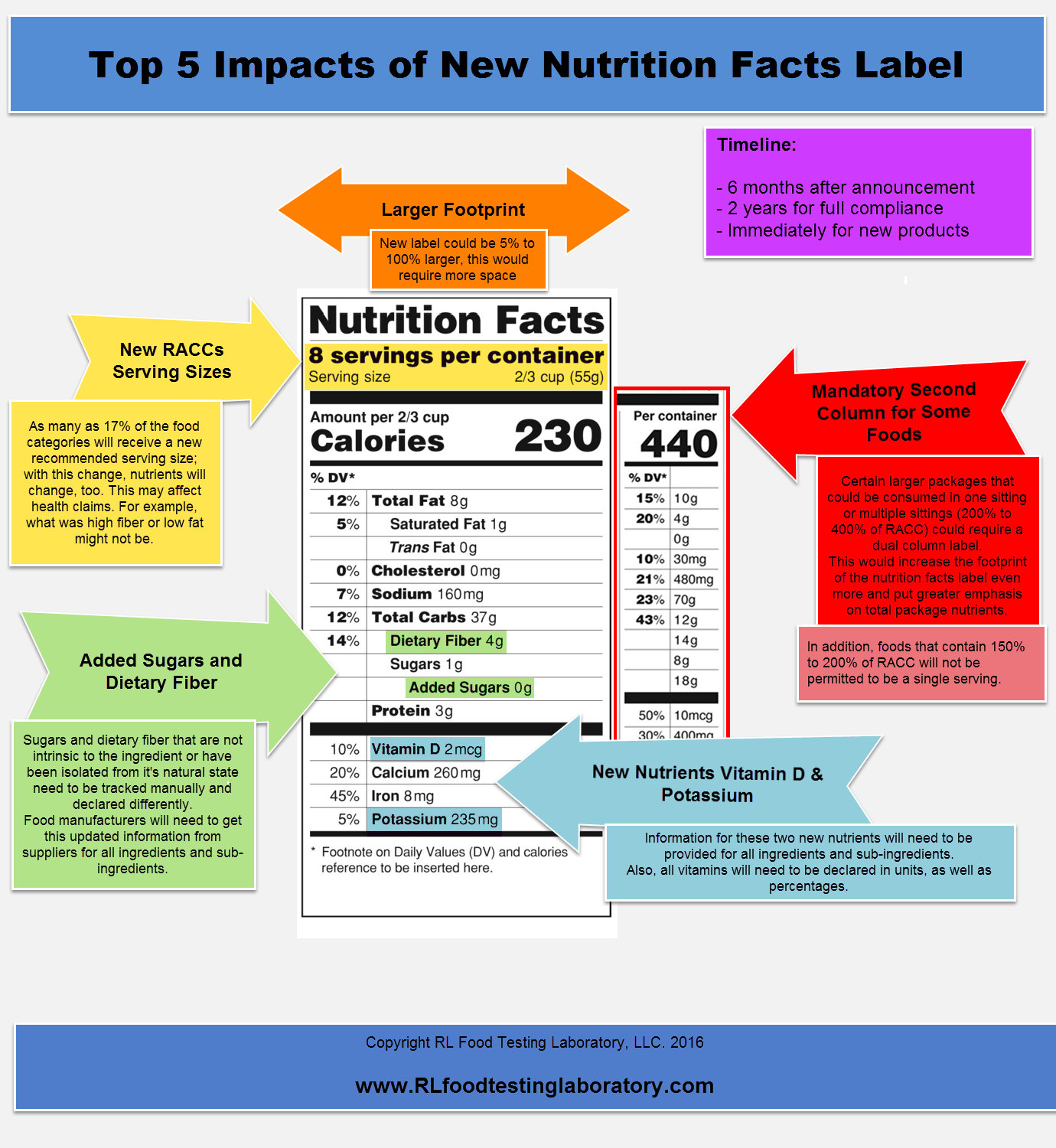
RL Food Testing Laboratory Urges Food Manufacturers to Start New Mandatory Nutrition Facts Label ...
Food Labels (for Teens) - Nemours KidsHealth A food with 5% or less of a nutrient is low in that nutrient. A food with 10%–19% of a nutrient is a good source of that nutrient. A food with 20% or more of a nutrient is high in that nutrient. The information on food labels is based on an average adult diet of 2,000 calories per day.
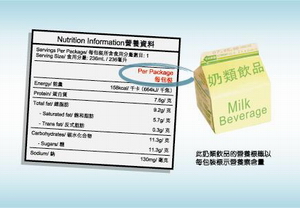
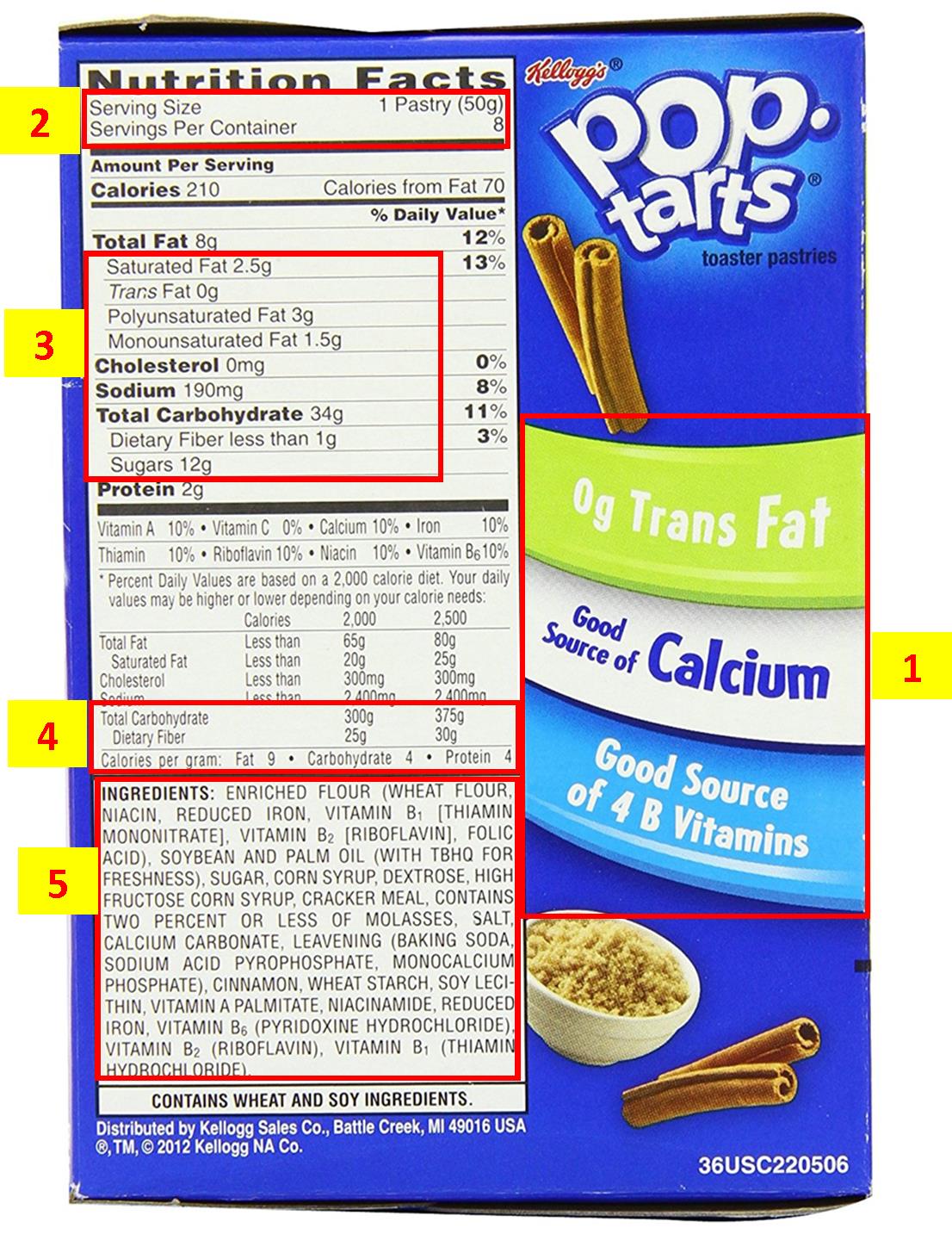


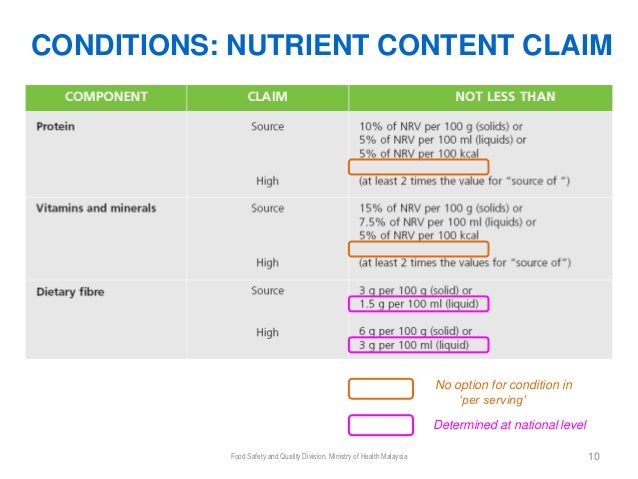
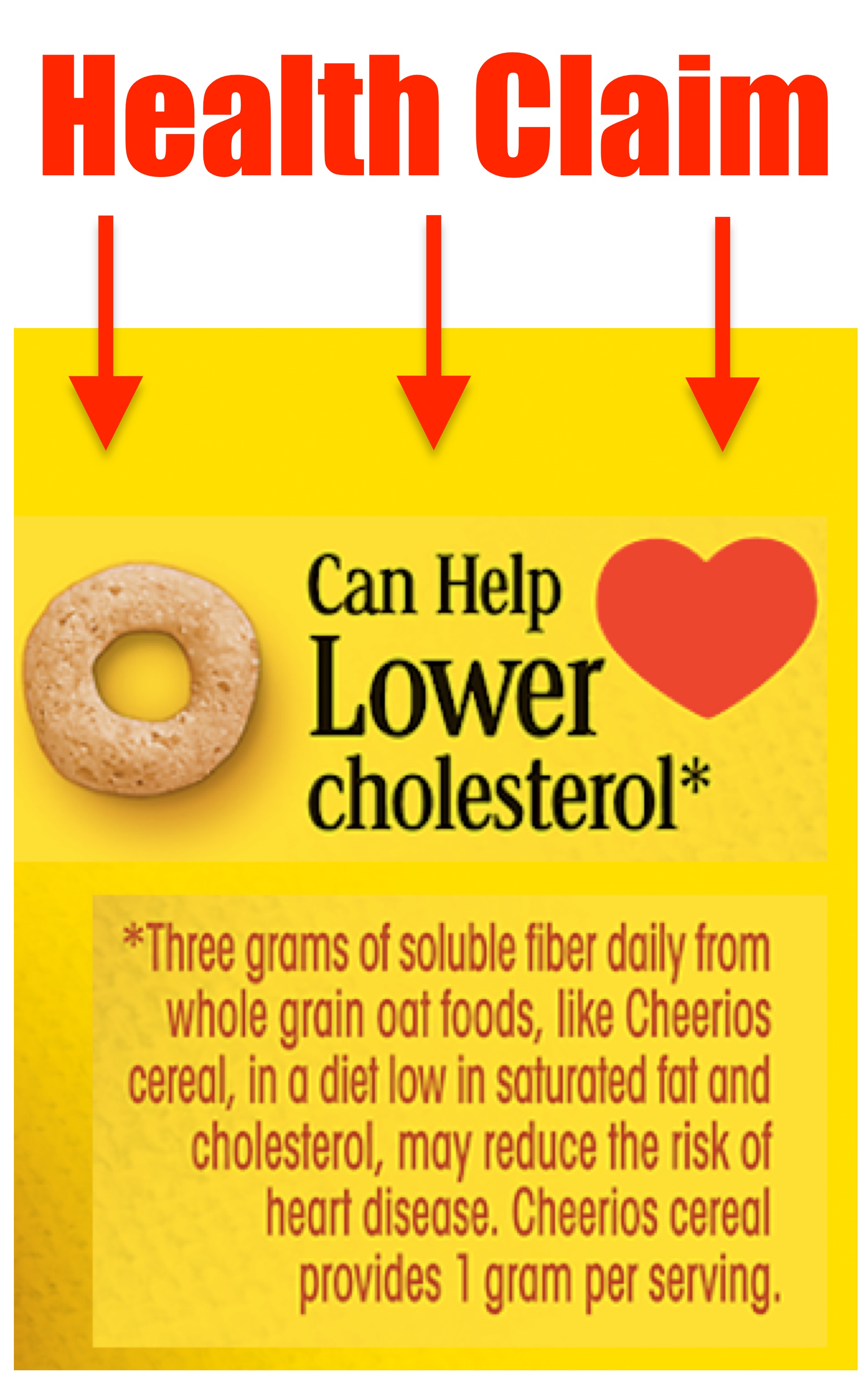
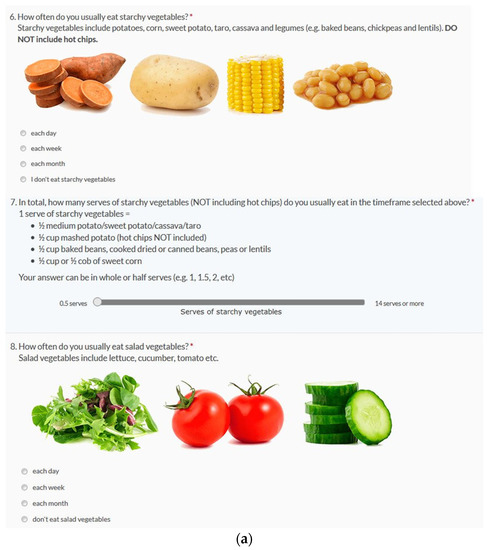
Post a Comment for "45 what are nutrient claims on food labels"